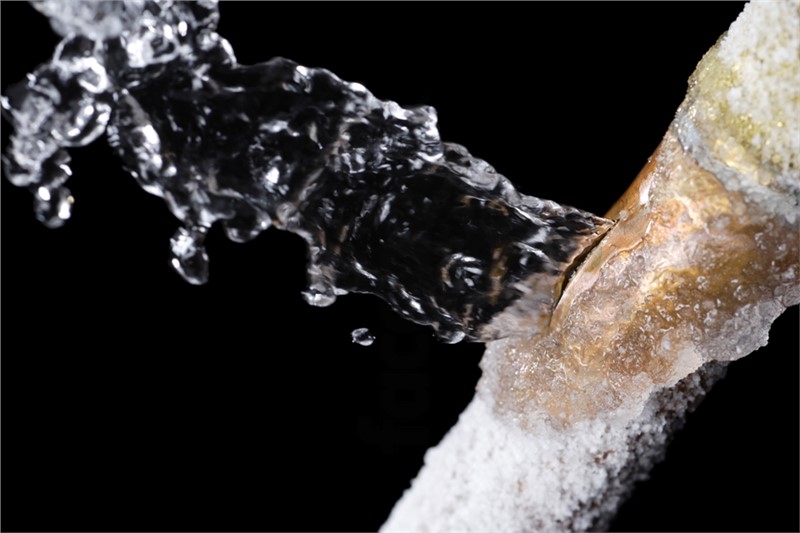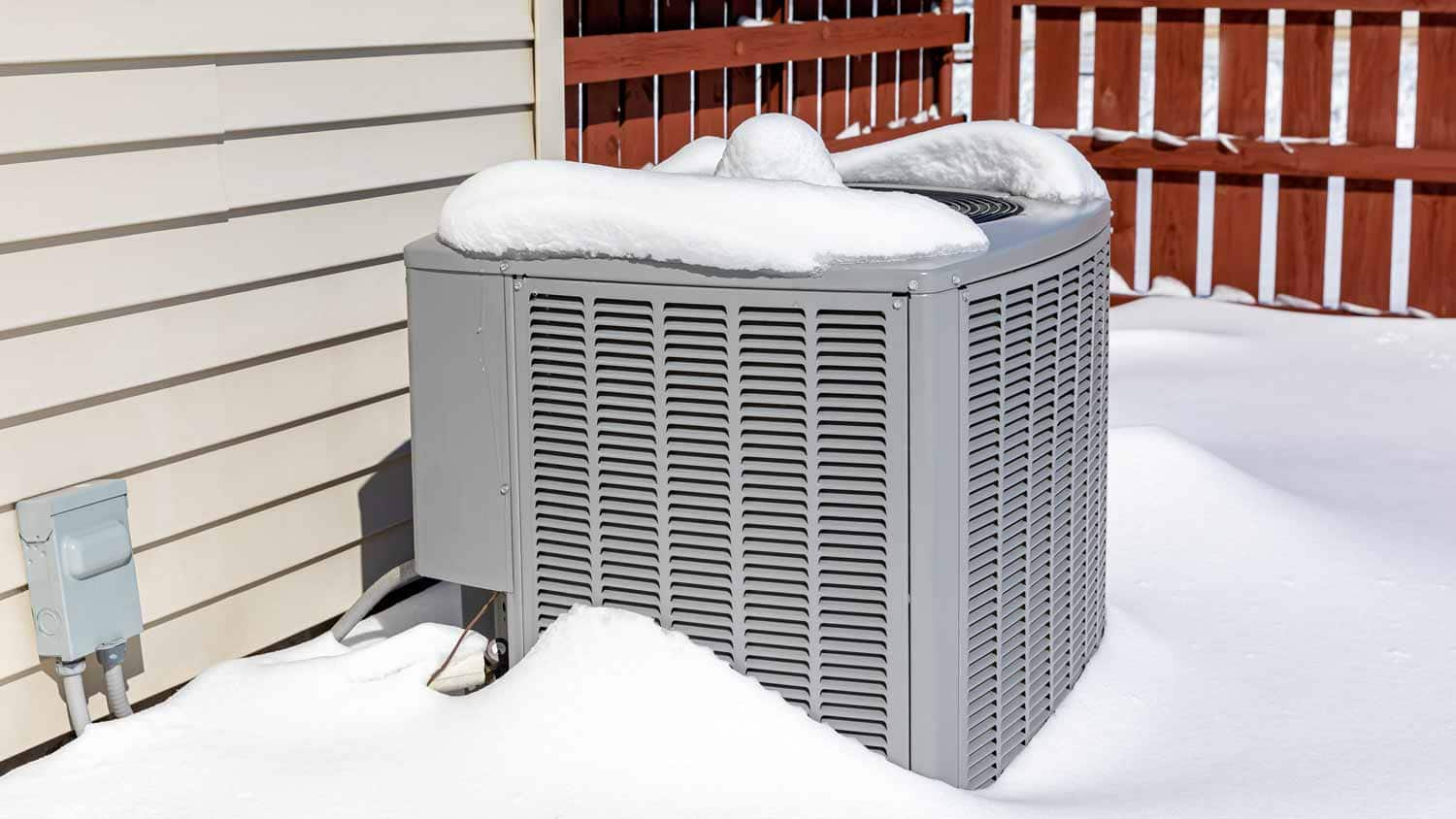My AC Pipe Is Frozen - What Do I Do? Instructions for Residents
My AC Pipe Is Frozen - What Do I Do? Instructions for Residents
Blog Article
This post in the next paragraphs about How can I fix an air conditioner’s frozen pipe? is without a doubt informative. Read it for your own benefit and see what you think about it.

Introduction
Discovering that your a/c pipe is iced up can be concerning, specifically during warm summer season when you rely on your ac system one of the most. Understanding what to do in such a circumstance is essential to stop further damage to your cooling system and guarantee your comfort indoors.
Comprehending the Causes
Numerous factors can contribute to the freezing of an a/c pipeline. Recognizing these causes can help you deal with the problem efficiently.
Lack of Airflow
One typical root cause of a frozen air conditioning pipe is inadequate air movement. When the air movement over the evaporator coil is restricted, it can cause the coil to go down below freezing temperature level, resulting in ice development on the pipeline.
Low Refrigerant Levels
Inadequate refrigerant levels in your AC system can likewise cause an icy pipe. Reduced refrigerant degrees can create the stress in the system to drop, bring about the cold of dampness on the evaporator coil.
Cold Weather Conditions
In colder climates, freezing temperatures outside can add to the cold of AC pipelines. If your air conditioner device is not effectively shielded or if there are leakages in the ductwork, chilly air can infiltrate the system, causing the pipeline to freeze.
Dirty Air Filters
Dirty or clogged air filters can limit air flow in your AC system, leading to different issues, consisting of a frozen pipeline. It's vital to change or clean your air filterings system consistently to guarantee appropriate air movement and avoid ice buildup.
Indications of a Frozen Air Conditioning Pipe
Identifying the indicators of an icy air conditioner pipeline is essential for prompt activity.
Lowered Airflow
If you discover a substantial decline in air movement from your vents, it can show an icy pipeline.
Ice Buildup on the Pipe
Noticeable ice build-up on the cooling agent line or the evaporator coil is a clear sign of a frozen air conditioning pipe.
Weird Sounds from the Unit
Uncommon noises, such as hissing or bubbling, originating from your air conditioning device can indicate that there's ice present on the pipeline.
Immediate Actions to Take
When confronted with a frozen AC pipe, it's necessary to act rapidly to avoid additional damage to your cooling system.
Switching off the AC
The primary step is to switch off your air conditioner to avoid the system from running and aggravating the issue.
Checking for Blockages
Examine the location around the indoor system for any blockages that may be blocking air flow, such as furnishings or curtains.
Defrosting the Pipe
You can use mild approaches like putting towels soaked in warm water around the icy pipe to aid thaw it slowly.
Preventive Measures
Taking preventive measures can aid avoid future occurrences of an icy air conditioner pipeline.
When DIY Methods Fail
If your efforts to thaw the pipeline or address other problems are not successful, it's time to employ an expert.
Value of Hiring a Professional HVAC Technician
A certified HVAC professional has the proficiency and tools needed to diagnose and repair problems with your a/c system safely and effectively.
Regular Maintenance Checks
Arrange routine maintenance talk to a professional HVAC professional to ensure that your a/c system is running effectively.
Altering Air Filters
Consistently replace or cleanse your air filters to prevent airflow limitations and preserve optimal performance.
Protecting Exposed Pipes
If your air conditioning pipelines are subjected to cold temperatures, consider shielding them to avoid freezing during winter months.
Looking For Professional Help
If DIY methods fall short to solve the problem or if you're uncertain concerning how to proceed, it's best to look for support from a qualified HVAC technician.
Conclusion
Dealing with an icy air conditioning pipeline can be a discouraging experience, yet knowing how to respond can aid minimize damage and recover comfort to your home. By recognizing the reasons, recognizing the indicators, and taking punctual action, you can efficiently resolve the problem and stop future events.
What to Do If Your AC Line Is Frozen
Make Sure All Supply and Return Air Vents Are Open
If you notice problems with airflow, the first thing you should do is check your supply and return vents. Supply vents distribute clean, conditioned air throughout your home. As this air becomes stale, it’s pulled into the return vent, where it’s reconditioned before being sent back out through the supply vent.
When these vents are closed, air won’t flow in the home. Before examining your AC, check the vents in every room and ensure they’re all open.
Check for a Dirty Air Filter
Another possible cause of limited airflow is a dirty air filter. Your air conditioner’s filters catch elements you don’t want to breathe in, such as dirt and dust. Over time, filters can become clogged, ultimately blocking air from flowing in and out. The lack of airflow can then cause the entire coil to freeze and will completely restrict any air from moving through it. The AC may need to be powered off for one to two days to allow the coil to thaw after replacing the filter to allow proper functioning of the unit. This debris can also accumulate on your AC’s evaporator coil, requiring a more serious repair. In general, air filters should be cleaned regularly (about every two weeks).
Assess Your Outdoor Unit
In addition to checking your AC, assessing the outdoor unit is a good idea. Also known as the condensing unit, it works with your interior unit to release heat outside. An issue with the outdoor unit can result in rising internal temperatures.
Overgrown Shrubs or Clogged Leaves
From leaves and twigs to shrubs and debris, there’s no shortage of outdoor elements that can accumulate around your condensing unit. When these elements get lodged inside the unit, they can block airflow. Fortunately, removing the blockage can solve the problem.
Sounds of a Broken Fan
Shrubs and leaves aren’t the only things that can impede your outdoor unit’s airflow. If the fan is broken, the unit won’t be able to properly get rid of heat — which means the internal temperature won’t go down. First, make sure the fan is spinning. If it is, check for the following sounds of a broken fan:
Buzzing Rattling Screeching Hissing Clicking Preventative Measures
Nobody wants to deal with a frozen AC line. In addition to causing problems with your air conditioner, they require professional repairs. On the bright side, there are preventative measures you can take to help ensure this issue doesn’t arise in the first place.
https://www.coopergreenteam.com/blog/what-to-do-if-ac-line-frozen

Hopefully you enjoyed our section on Air Conditioner Frozen? How To Fix your Frozen AC Line. Thanks so much for taking the time to read our post. Sharing is nice. Helping others is fun. We treasure reading our article about Air Conditioner Frozen? How To Fix your Frozen AC Line.
Quote Report this page